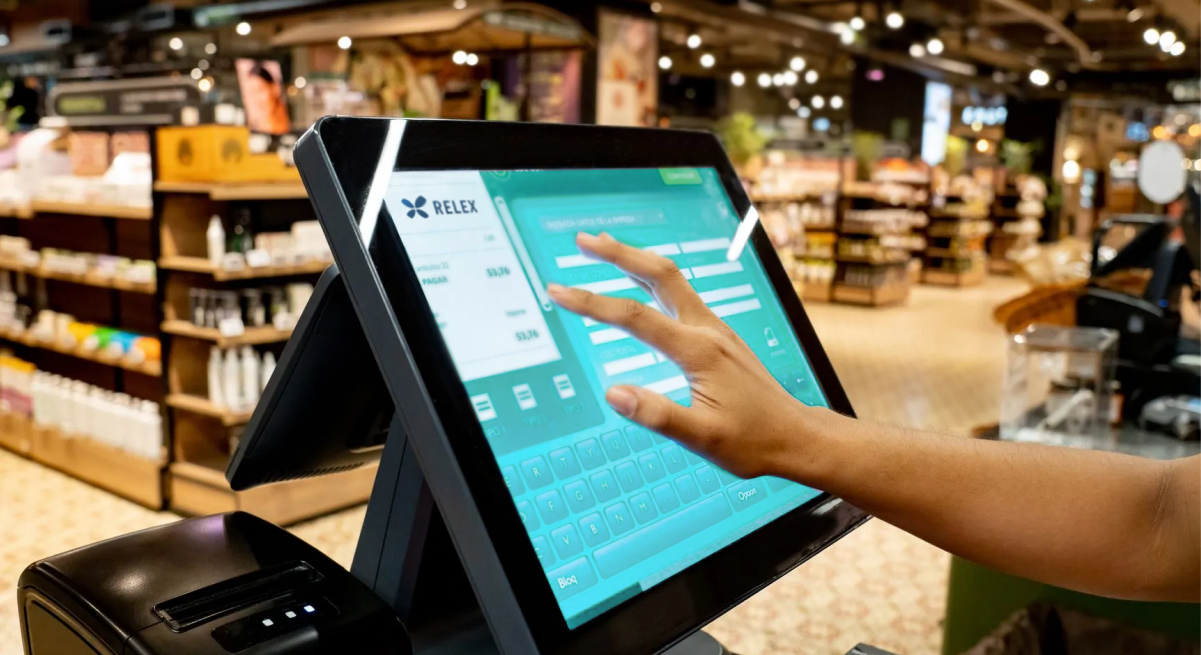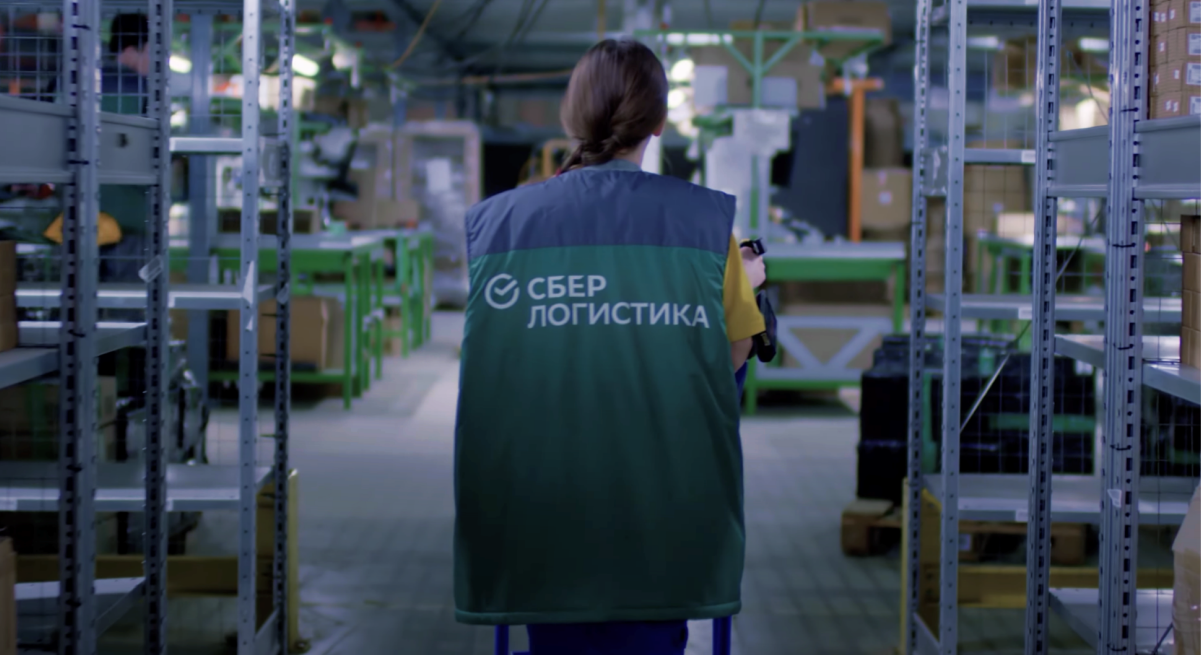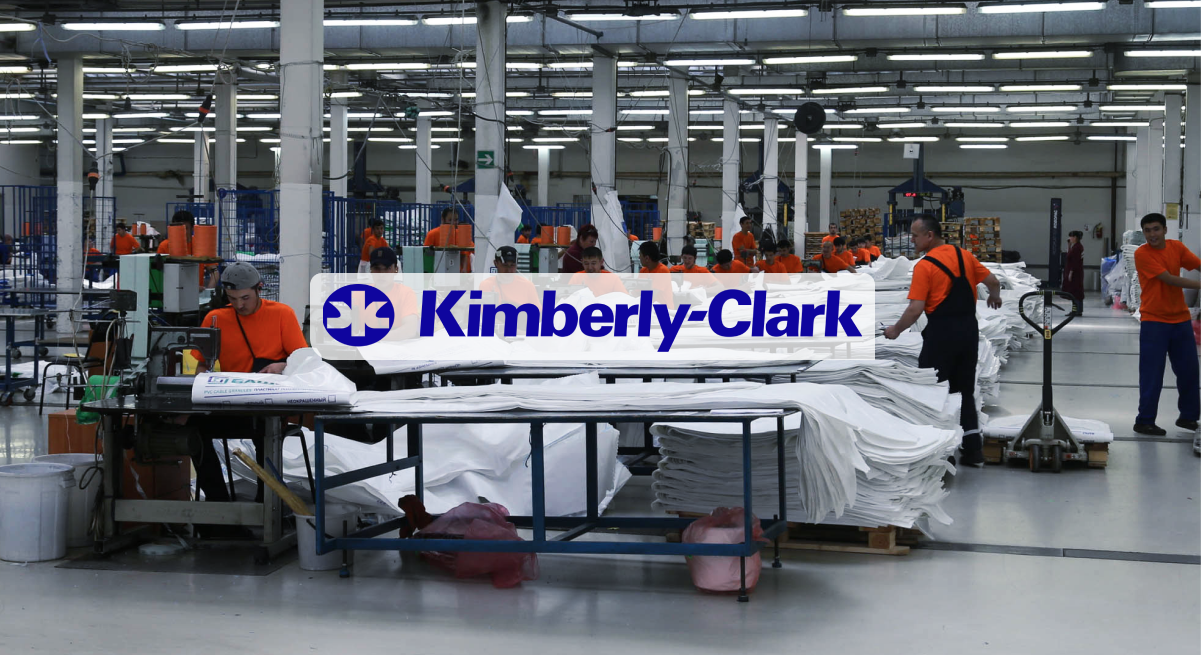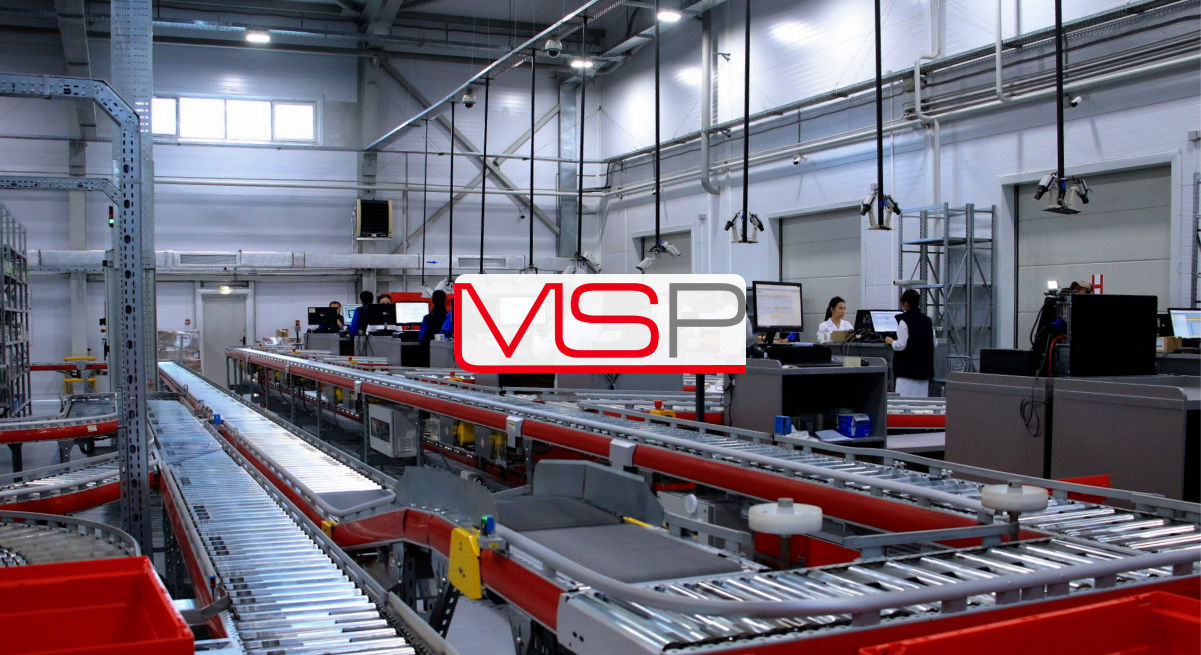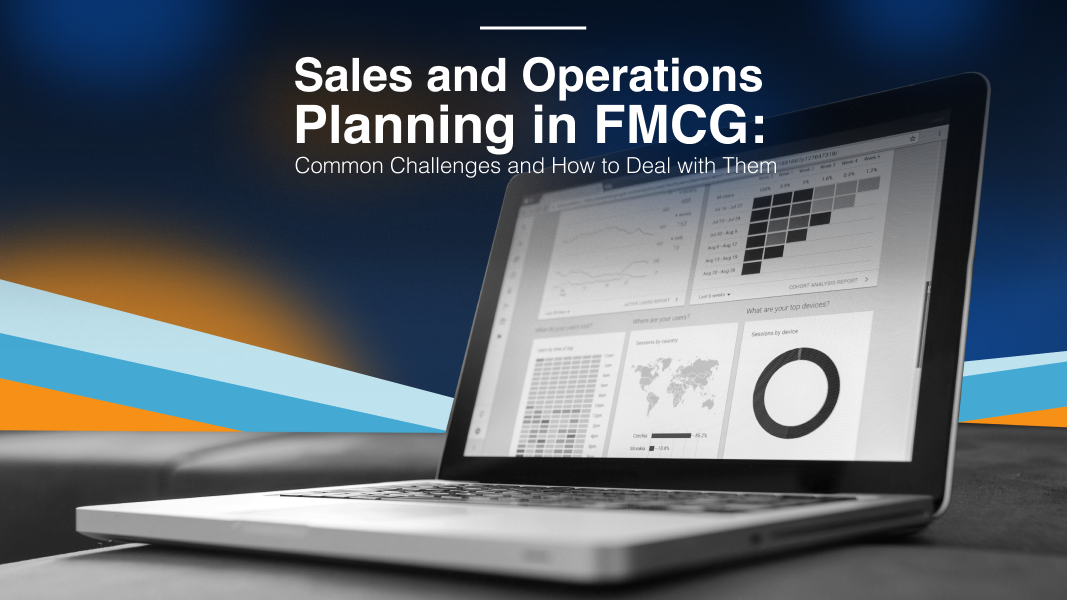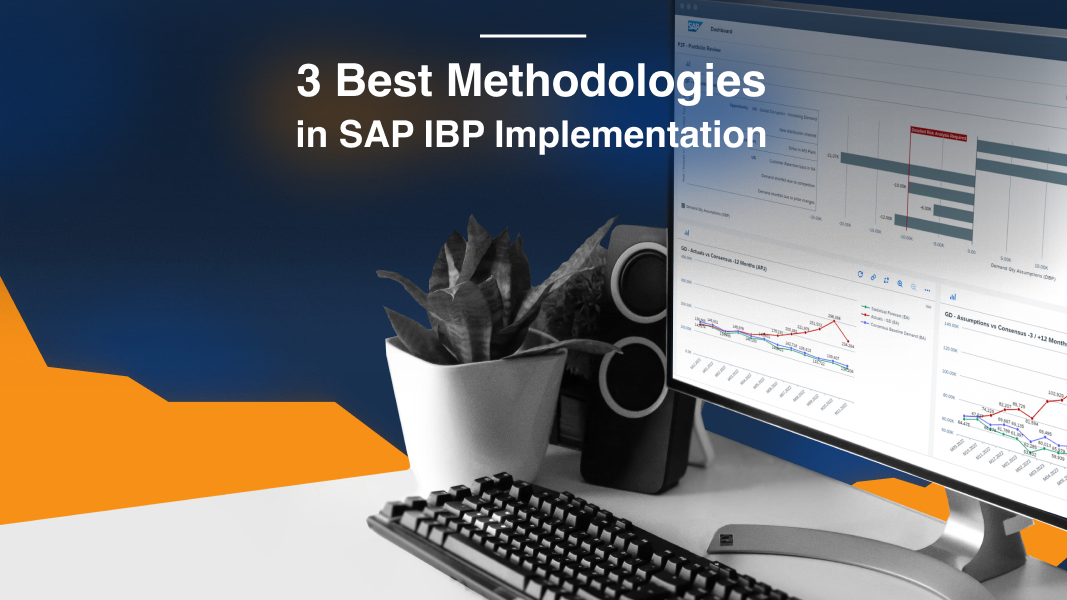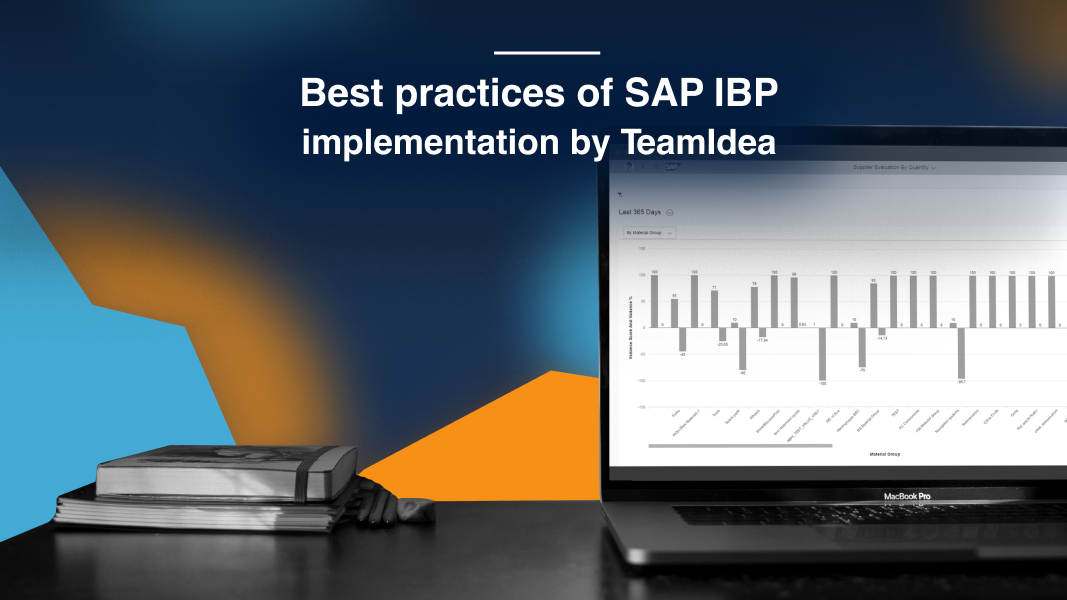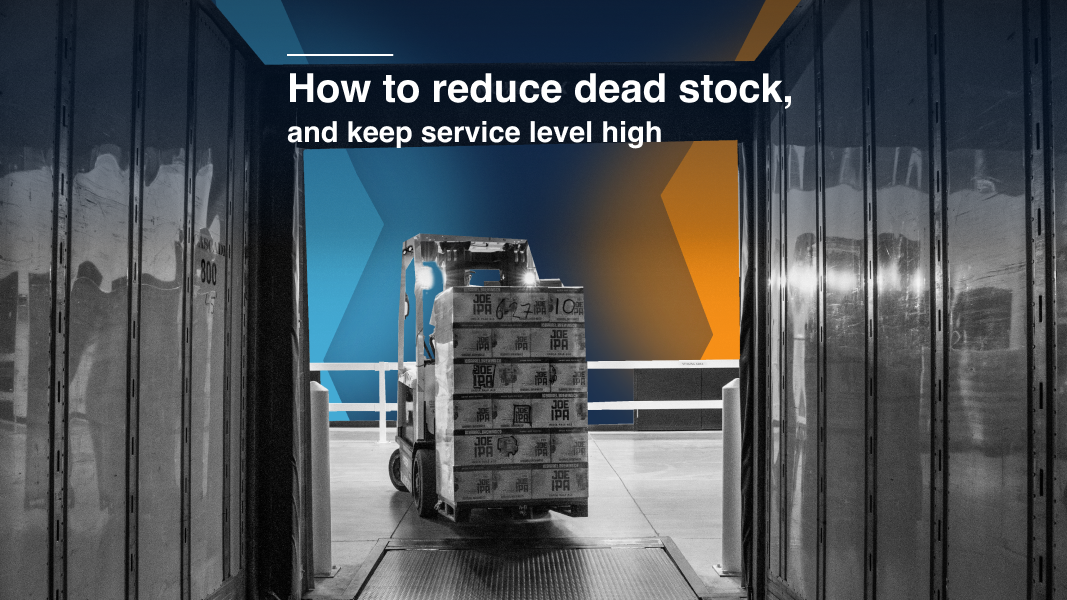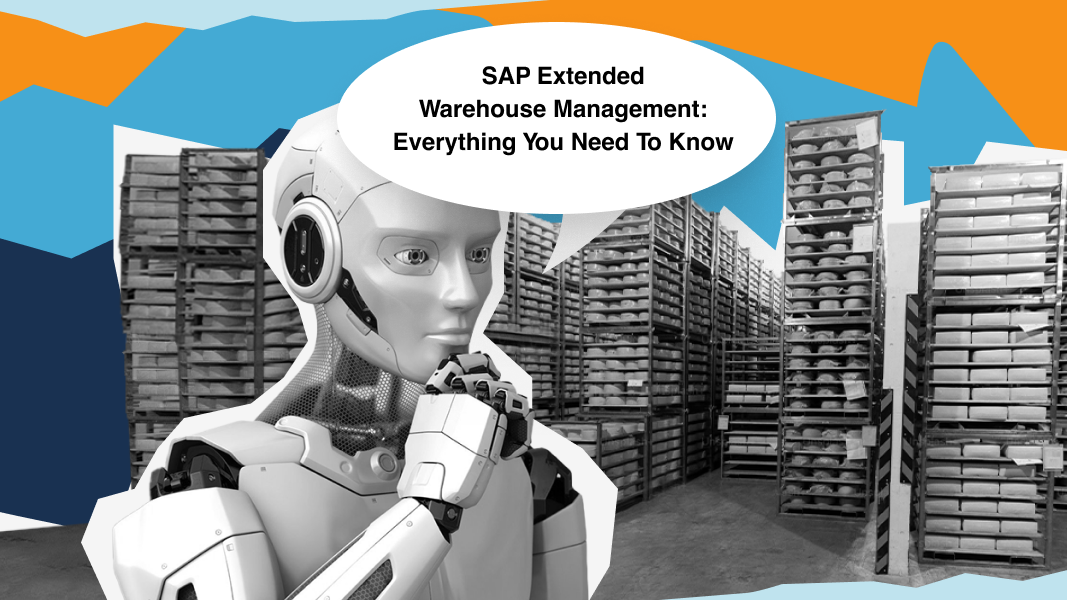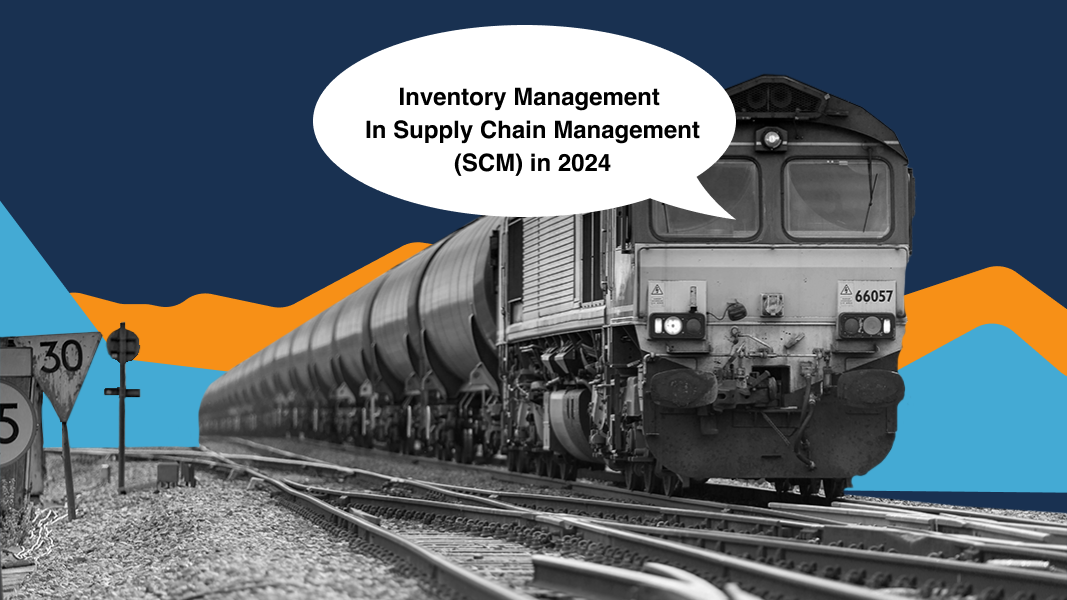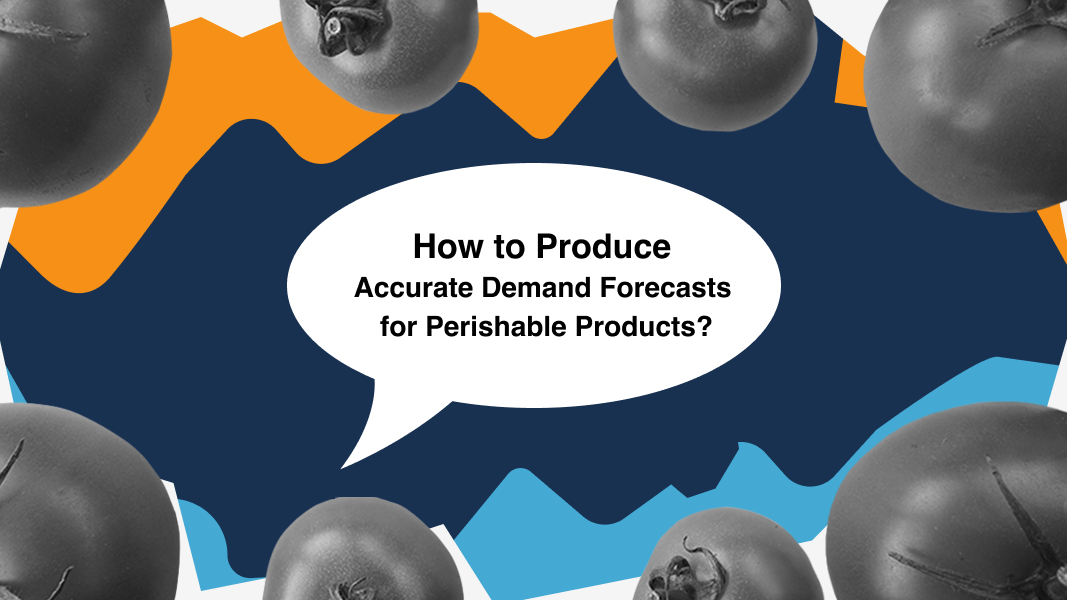1413
10 min
How Can DIY Retailers Increase Forecast Accuracy?

DIY, or “Do It Yourself”, retailers cater to the needs of persons and businesses undertaking construction, renovation, and home improvement projects. These companies stock an extensive range of products, from simple tools and materials to more advanced, high-value items such as garden equipment and machines.
For these businesses, improving demand forecasting is crucial to maintain correct inventory levels, enhance customer satisfaction, and reduce operational costs.
How to increase forecast accuracy in the DIY company? Natalia Morozova, an IBP expert and architect at TeamIdea, has the answers. As a main consultant and architect for various digital supply chain projects in this sector, she has firsthand experience with the complexities involved. We’ve compiled all the expert insights into one article. Enjoy it!
What are the Main Forecasting Challenges Faced by DIY Retailers?
DIY companies deal with a wide variety of products, operate across multiple sales channels, and face fluctuating volumes.
Firstly, businesses in this sector have a diverse range of both fast-moving and slow-moving items.
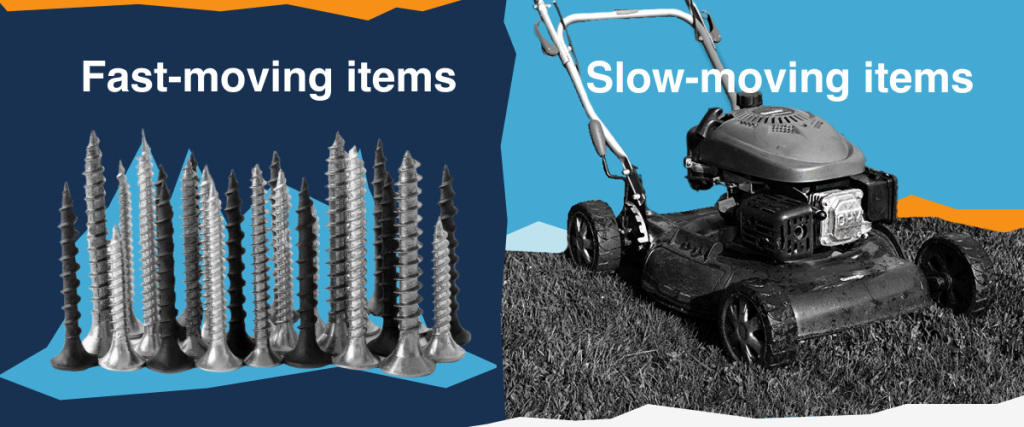
- Fast-moving items, such as screws, are essential materials needed for construction and are sold frequently on a daily basis to both companies and end consumers, who just do some house repair work.
- Slow-moving items like lawn mowers are expensive and are typically stocked in limited quantities, being sold only a few times per month.
Here's the challenge: these retailers need a forecasting tool that can manage items with vastly different sales patterns, whether they are sold frequently every day or occasionally.
Secondly, DIY companies typically operate through multiple sales channels: wholesale to construction companies, retail sales to individual customers, and online stores. Each channel has different demand patterns and replenishment needs: wholesale orders, for example, are large and irregular, whereas retail sales are more consistent but vary by day and SKU. Forecasting must be conducted separately for each channel, while replenishment needs to meet the general demand across all of them.
Overall, the tricky thing is to manage stock, not to get a deficit and not to get overstock.
To address these challenges, companies need to adopt advanced forecasting techniques. Here are some tips and tricks to improve accuracy, applicable to both manual and automated forecasting.
Tips to increase the forecast accuracy for DIY retailers
1. Detailed Forecasting. Forecasting should be done at the SKU-day or SKU-week level. If it is done weekly, disaggregate to daily forecasts to account for variations in daily sales patterns.
2. History Cleansing. Maintain a detailed history of wholesale orders and stock-outs. This data helps in adjusting sales history to reflect actual demand. For example, sales during stock-outs should be reconstructed based on average sales when stock was available.
3. Promotions and Price Reductions. Collect and integrate historical data on promotions and price reductions. Future activities should be planned and communicated to the forecasting system well in advance, ideally two months prior, to ensure adequate stock levels and prevent stock-outs during promotion.
4. Quality of the data. Correct stock levels, accurate listing and assortment information, and detailed sales history are essential for reliable forecasts. Additionally, updates on shelf quantities, promotions, and price cuts ensure accurate forecasts.
Traditional vs. Automated Forecasting
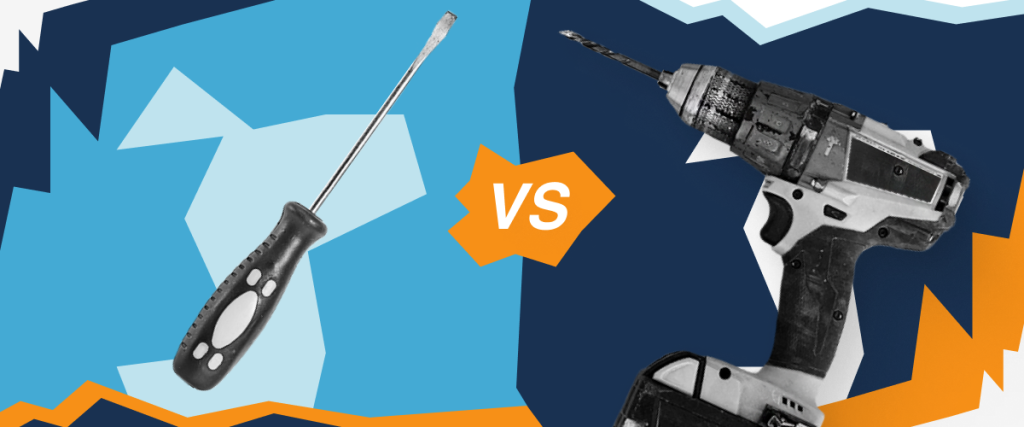
Manual forecasting methods, often based on simple averages, fail to account for the nuances in sales data. For example, a one-time large wholesale order can skew the average, leading to inflated predictions. This not only results in overstock but also requires extensive manual intervention, as planners must constantly adjust forecasts and check orders.
As companies grow in size and complexity, manual forecasting gets almost impossible.
For DIY companies managing more than 30 mini markets or medium-sized stores or owning a few hypermarkets with tens of thousands of SKUs, the complexity of stock management becomes evident.
How to Identify When Forecasting Automation is Necessary?
Calculating the number of location-product combinations helps identify when it’s time for process automation.

“If the number of stores multiplied by the average number of SKUs per store exceeds 200,000, automation can provide substantial benefits, allowing companies to operate more effectively and gain a competitive advantage in the market”.
But judging from our experience, investing in optimizing forecasting and replenishment processes can yield significant benefits, even for smaller companies. By making these investments early, you can operate your business more effectively and position yourself for future growth.
How SAP Software Helps in Improving the Demand Accuracy
Self-developed IT systems often lack sophisticated forecasting capabilities, requiring substantial investment in specialized expertise to develop effective forecasting engines and to support new business requirements coverage.
Large companies like SAP have invested heavily over many years in perfecting their forecasting engines. Internal IT departments cannot match this level of investment and expertise. Hence, adopting a ready-made solution from the market becomes a practical and effective approach.
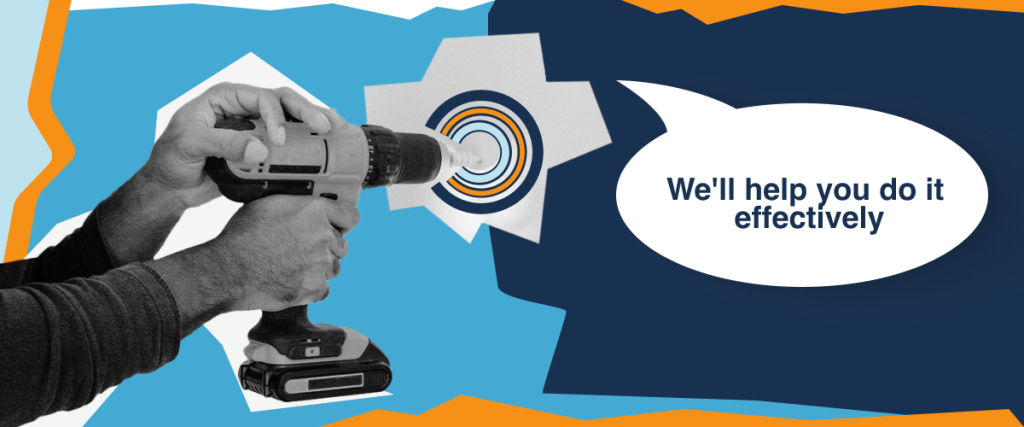
SAP offers several solutions tailored for DIY companies, enhancing their forecasting capabilities:
Customer Activity Repository (CAR): A cloud-based solution designed specifically for retailers, CAR offers applications for unified demand forecasting and replenishment. It integrates seamlessly with other SAP applications and runs on the high-performance HANA database allowing online stock picture and point-of-sales data collection.
SAP Integrated Business Planning (IBP): While IBP is excellent for companies with production and distribution centers, it's particularly useful for planning and forecasting outbound deliveries from distribution centers. It can aggregate store-level forecasts to predict demand at the DC level, considering logistical constraints and delivery cycles.
Case Study: Success with SAP Forecasting and Replenishment (F&R) Solution
TeamIdea customer, a mid-sized DIY retailer in CIS, operating 50 stores and two distribution centers, had developed its own IT-based solution for forecasting and replenishment. However, the forecasting algorithm, based on arithmetic mean, was too simple. The system was unable to differentiate between regular consumer demand and large wholesale order deliveries, causing forecasts to spike inaccurately, leading to persistent overstock issues and poor overall performance.
The challenge was solved by implementing the SAP Forecasting and Replenishment (F&R) solution. Advanced algorithms and process automation allowed their planners to focus on strategic tasks rather than manual adjustments. As a result, the company has achieved a 20% reduction in stock levels.
Conclusion
DIY companies can significantly enhance their forecasting accuracy by adopting advanced tools like SAP's suite of solutions. These systems automate complex processes, reduce manual intervention, and improve stock management.

Key takeaways
-
What are the forecasting challenges faced by DIY companies?
Retailers struggle with managing diverse product ranges, multiple sales channels, and balancing stock levels to avoid deficits and overstock. -
How different are traditional and automated forecasting?
Traditional forecasting uses simple averages and manual adjustments, while automated forecasting employs advanced algorithms for better accuracy and efficiency. -
How to identify when forecasting automation is necessary?
Automation is needed when product-location combinations exceed 200,000 or to optimize processes for future growth. -
How does SAP software help in improving demand accuracy?
SAP software improves demand accuracy with advanced forecasting and replenishment tools like SAP Retail Industry Solution, CAR, and IBP.

